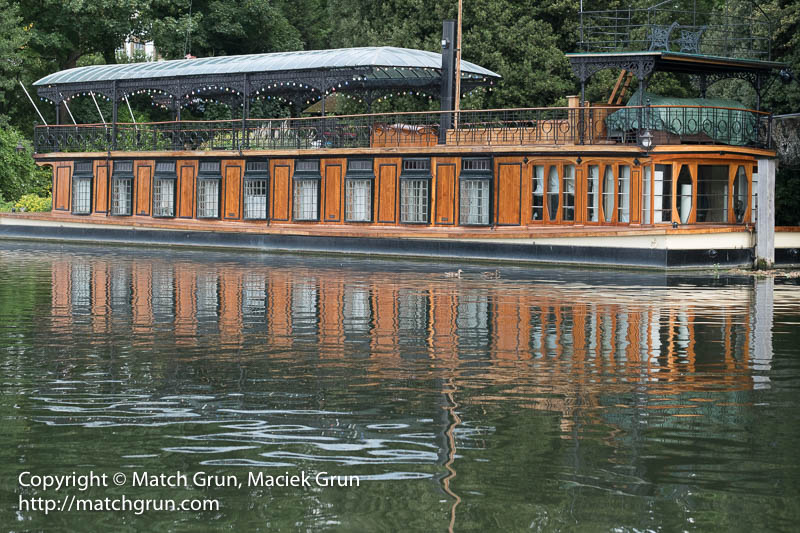Monday, August 21, was the Great Eclipse of 2017. I made the trip to the Sandhills of Western Nebraska to experience the totality of this solar eclipse. This image is a composite from a timelapse of the event that represents a images from 10:30am – 1:20pm (MDT).
I made a timelapse sequence of 95 images shot at 2 minute intervals. The image above was made by selecting images 4 minutes apart from the sequence; this allowed a gap to show between each sun image. I had to adjust the camera position of the final frames because the sun would be off the frame. This was shot with a 50mm zoom setting with 16-stops of neutral density filters.
It would be really great to include some foreground elements in one of the frames. I camped at the road-side. The following panorama image was made just after sunrise. The Sandhills were spectacular, but there was not much gain in elevation of the rolling hills and no trees. The timelapse would have required a wider angle setting to include foreground, but with smaller sun images. So I opted to include just the sun.
My location was about on a dirt road, about a mile from the highway. This was about 20 miles north of Scott’s Bluff. I researched this location, as well as a second location across the state line in Wyoming. My choice was an excellent location to view totality.
After the eclipse had started, I made this panorama. On the left are two visitors, Jay and Sally, from Minnesota. On the right edge are two tripods with two cameras attached.
Further along the road were more visitors viewing the event. During the course of the morning, there must have been about 50-100 cars parked along several miles of this dirt road. A couple of visitors had 8-inch reflector telescopes with solar film. I got the opportunity to view the sun shortly after sunrise in one scope, and the end of the eclipse in the second scope.
We were waiting to experience the totality of the eclipse. As totality arrived, cheers could be heard from several visitors along the roadside. I made the following image of the sun’s corona, streaming out from the sun. This was an awe-inspiring sight and event!
During totality, it was very dark, except for the sun’s corona and the horizon; the entire horizon was lit with an orange glow in all directions.
While making images with the second camera, I got to see the “Diamond Ring” as the sun emerged from totality. I was fortunate to capture the first diamond ring in this image.
A couple of seconds later, I got another spectacular diamond ring, with light streaks and some lens flare included in the following image.
As the eclipse passed, people left the site. I continued to wait for another 1-1/2 hours for my timelapse sequence to complete before I packed up.
Fortunately, most of the traffic from the Scott’s Bluff area, had dissipated by the time the I left this location. There was plenty of traffic on my way back home, but I made good time driving at the highway speed limits. I returned by way of Kimball and Sidney, where traffic was moving smoothly. Closer to Denver, I left the highway to make some images of the sunflower fields near the DIA airport.































































